
This is an example of the most successful family of racing cars ever made.
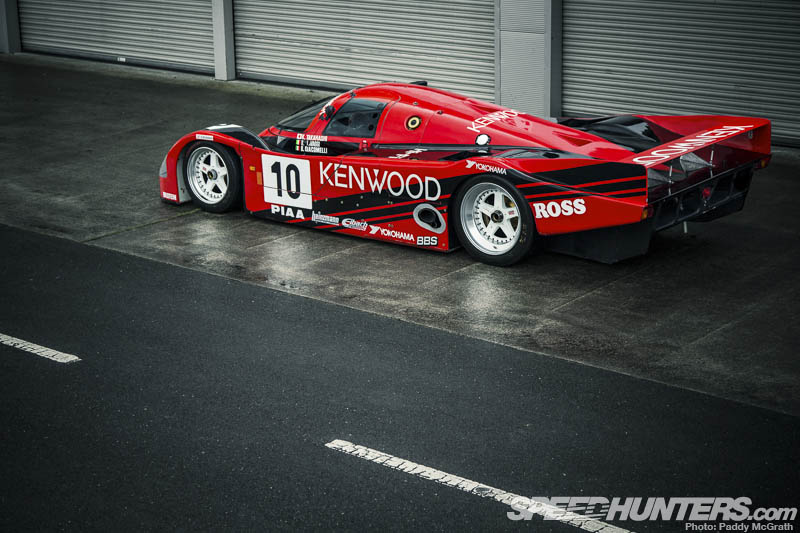
This isn’t a discussion point: the sheer statistics can bludgeon you into submission. Porsche’s 956/962 series of prototype sports racers had a competitive lifespan at the highest level of racing for the best part of two decades and racked up more wins across the globe than any other racing car before or since.
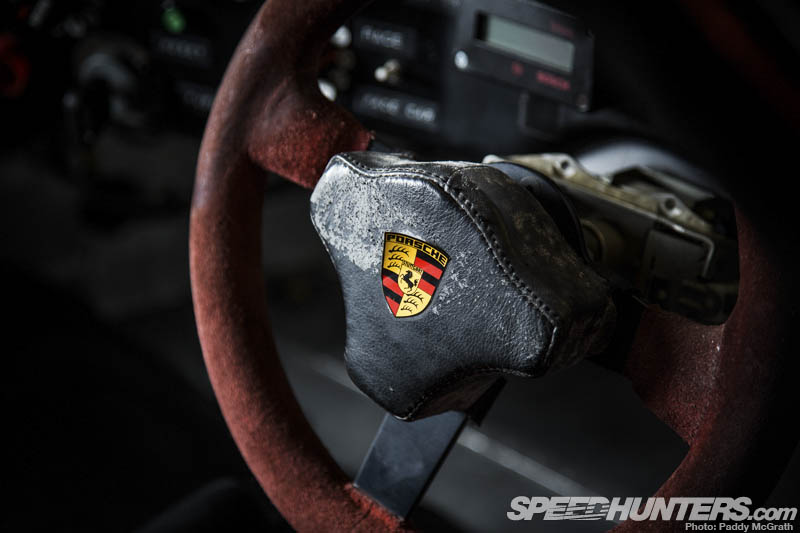
17 classic endurance victories fell to the model, including seven at the Le Mans 24 Hours and six at Daytona. The double Le Mans-winning Joest New Man Porsche 956, chassis #117, won 23 times in a 52-race career over just three seasons: the most successful of a successful breed.
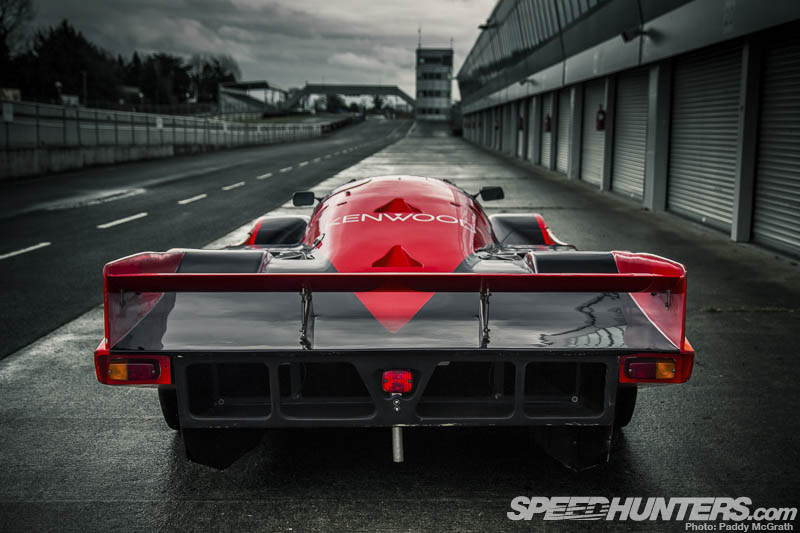
The car was at home everywhere, from the long straights and enormous speeds at Le Mans in Langheck mode to the bumps, twists and turns of American street tracks with short-tail, high downforce bodywork. It is still the fastest car to have lapped the Nordschleife: Stefan Bellof set a 6m11.13s lap in qualifying for the 1983 Nürburgring 1,000km (yes, imagine a battle armada of Group C cars racing at the ‘Ring).
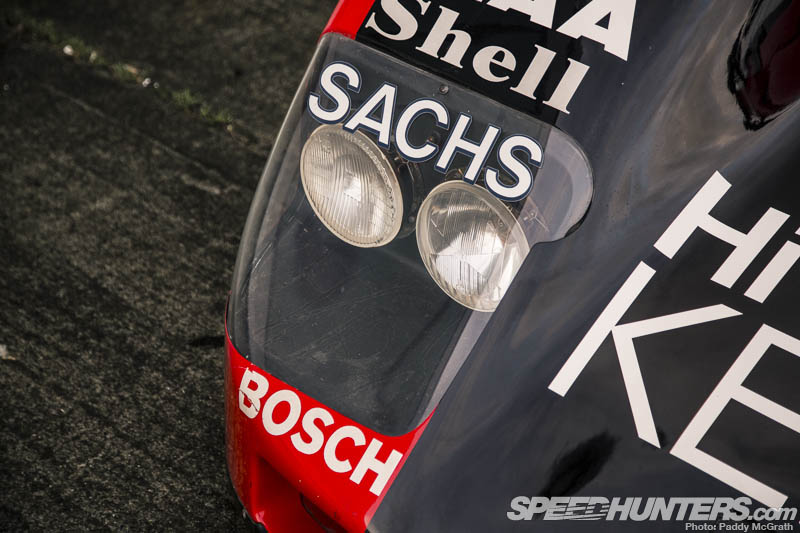
The 956 immediately dominated from the moment it hit the track in 1982, as did its direct descendants the 962 and 962C from 1985. Third-party developments continued to stretch and morph the car into even more extreme forms, prolonging its life into the new – and far more hostile – decade of the ’90s.
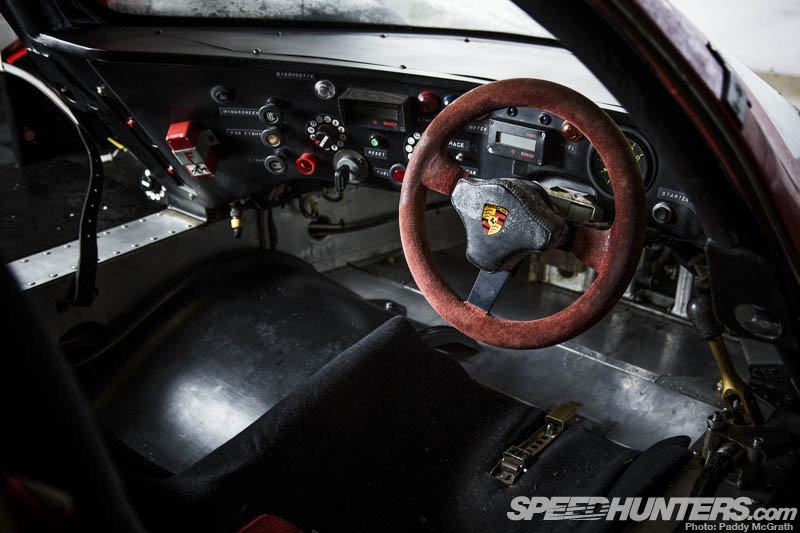
Estimates vary due to damage and tub re-use, but well over 170 956s and 962 were built: over 120 by the factory (with 83 of those customer cars) and 56 known to have been built by specialist teams from kits or on their own tubs. The 956/962 achieved 39 wins in the World Sportscar Championship, 121 in Interseries and 55 in IMSA. The strange thing is how few times some of this enormous number of cars actually raced.

An example is the first ever chassis, 956/001. It raced just twice in 1982: second at Silverstone, won at Norisring. Retired to the Old Porsches Home. Similarly, the last ever works 962, /010, endured a challenging race at Le Mans in ’88 – and that was it. That means that a large number of the cars that survive are in incredible condition: as this Kremer Porsche 962CK6 from 1989 attests. In fact, often the cars have been raced more in the modern era than in period!
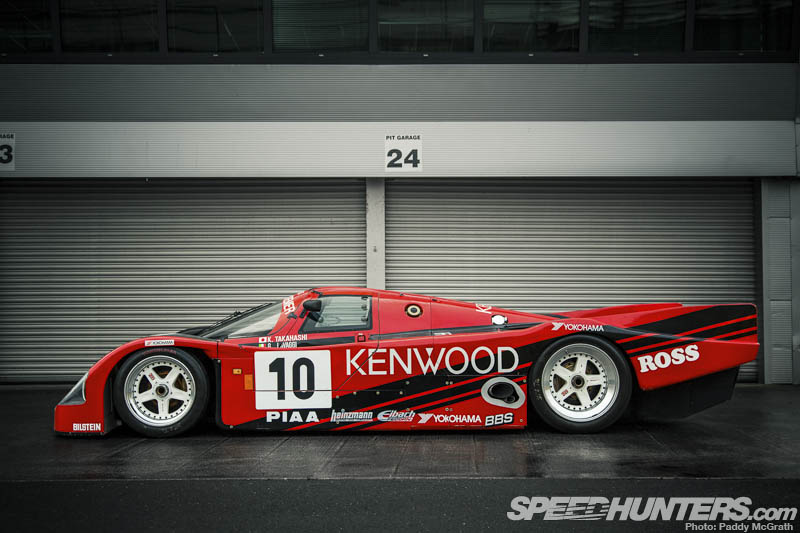
Two works versions of the 962 were developed: the straight 962 for the American IMSA series and the 962C for the international racing scene. Private teams introduced their own changes, and the fact that this 962CK6, chassis CK6/03, is virtually indistinguishable to the untrained eye from the 956 that rolled out of Weissach eight years earlier speaks volumes about the efficiency of the design.
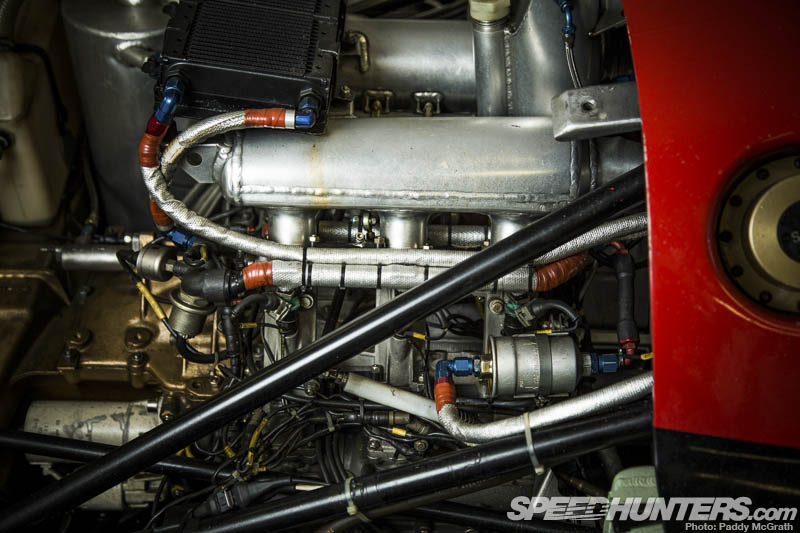
Only minor differences stood the 1985-onwards 962 models apart from the 956 they replaced, and the foundation for all this success had been laid just three years earlier. Porsche’s American but German-born boss, Peter Schultz, wanted to take the firm into Indycar racing and specifically to the 1980 Indianapolis 500. A 2.65-litre twin-turbo engine had been developed, but a change in regulations counted out the single-seater move.
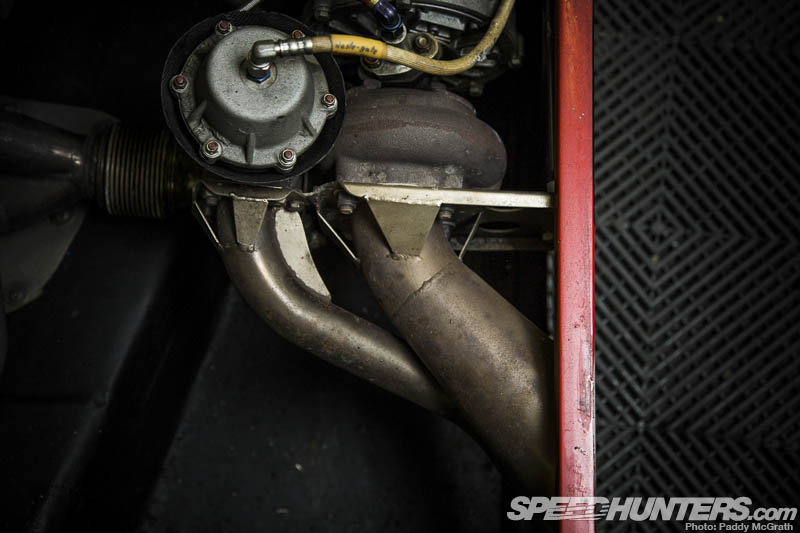
Back in the sportscar division, the plan had been to campaign the street-derived 924 Carrera GTR the following year – but Schultz wanted more than just a class win. The venerable Group 6 936 open-top sportscar was literally wheeled out of the Porsche Museum and into the race workshop, where the Indycar engine was installed. The car won the 1981 Le Mans 24 Hours in the hands of Jacky Ickx and Derek Bell – the engine had proved itself, now it just needed a home.

This happily coincided with the announcement by the FIA of the new Group C rules, and it occurred to Porsche that they had the ideal engine sitting about awaiting a new role. The rules dictated only a weight limit (800kgs initially) and a fuel restriction of 60 litres per 100km. That was it. Success in Group C would be a trade-off between finding the right chassis and engine to deliver speed but efficiency. Anything could be right, and everything took part, from four to 12-cylinder cars. It was an engineer’s formula and a designer’s dream – perfect Porsche territory. Norbert Singer, Klaus Bischof and Peter Falk headed up a new Porsche special racing projects team, and were the architects of the inexorable rise the 956/962.
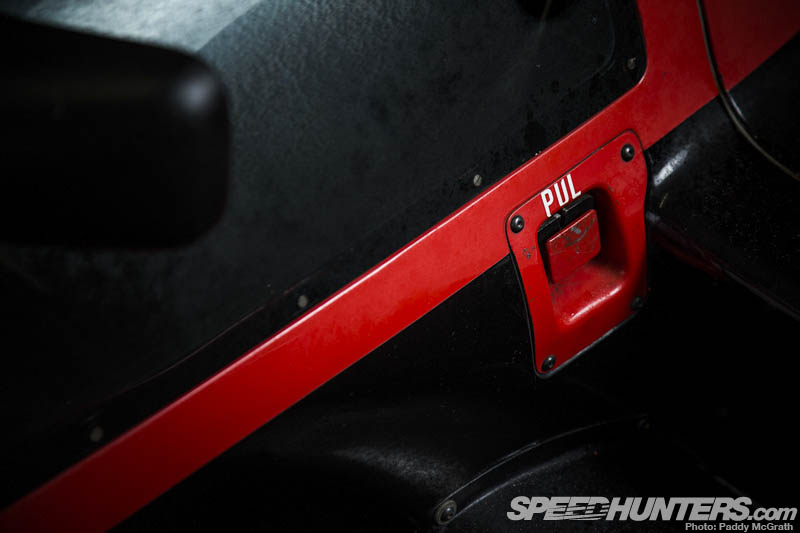
The car had just a nine-month gestation from sign-off to turning a wheel in anger, though they weren’t alone in that because of the late delivery of the complete rules package. Manufacturers had to second-guess what the new Group C rules would and wouldn’t include (a ridiculous situation that continues even now in F1 and sportscar racing): BMW guessed wrong and pulled the plug on their programme when the full package was revealed; Lola had to completely redesign its T600.
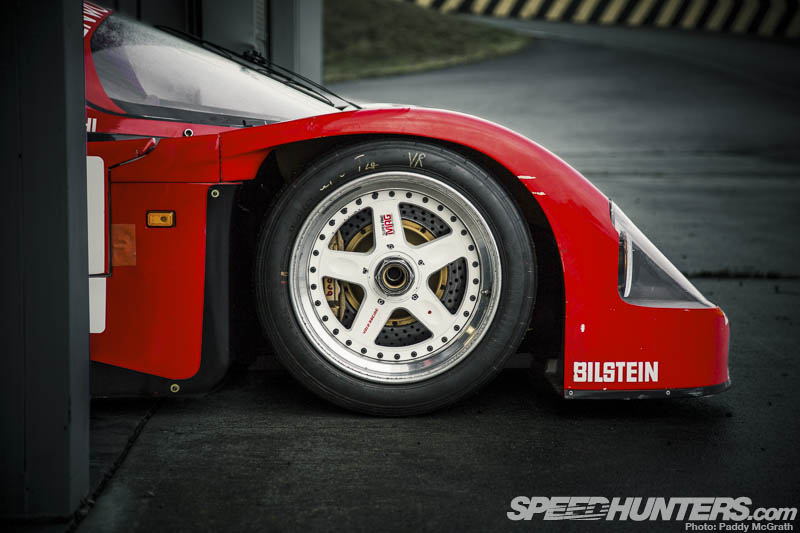
The 956 was sketched out after the 1981 Le Mans race, and with six months until the 1982 edition the first car still wasn’t built. With three months to go it still hadn’t run – but just six weeks after the first cars had been completed they raced for the first time at the Silverstone 1,000km and won. Six hours without missing a beat. The scene was set for the 1980s. So much for an end to Porsche dominance in sportscars.
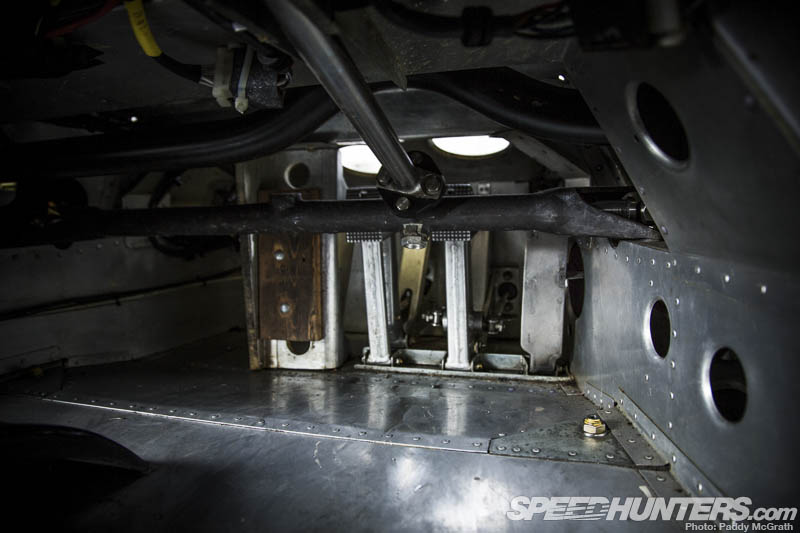
The concept of the car was only slightly modified by the factory across the ’80s. The 962 was quite a simple update, a box-tick for IMSA rules that involved extending the wheelbase by a mere 4.8 inches to bring drivers’ feet back behind the front axle line, and in IMSA spec the twin-turbo was replaced with a single KKK unit: US race tracks were bumpier and shorter, putting torque at a premium.
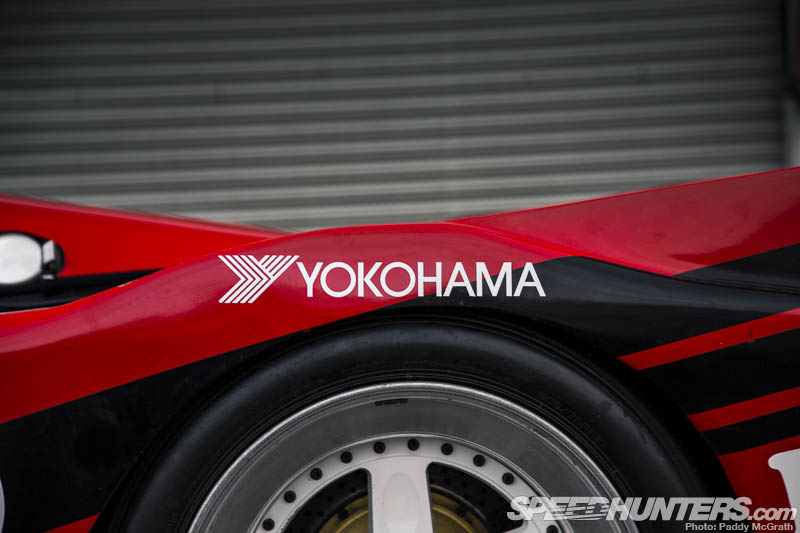
The 962C was the Group C version, often run in low-downforce configuration and sticking with smaller twin turbos, which made it easier to drive on longer tracks and had less spiky power delivery.
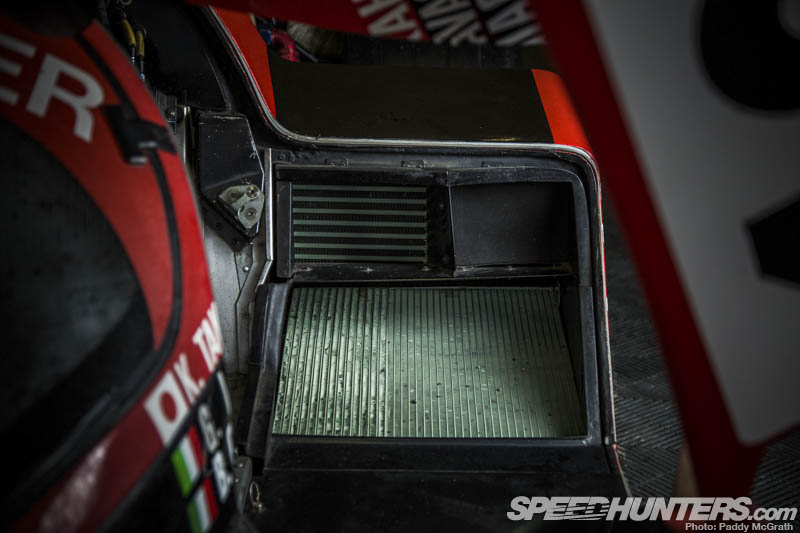
Underneath, the 962 chassis continued to use a sheet aluminium tub: the 956 had been Porsche’s first all-monocoque design after decades of spaceframe chassis. It wasn’t a new concept by any means – even Jaguar’s 1954 D-Type was semi-monocoque – but Porsche had doggedly stuck with spaceframe even up to the 936 Group 6 car, which was still winning when it was five years old. But this method would neither stand up to new FIA crash tests for Group C or, more pertinently, be easily adapted to the more advanced aero that would be used. Porsche’s only previous experience with monocoque had been a decade before in CanAm, so they faced a steep learning curve.
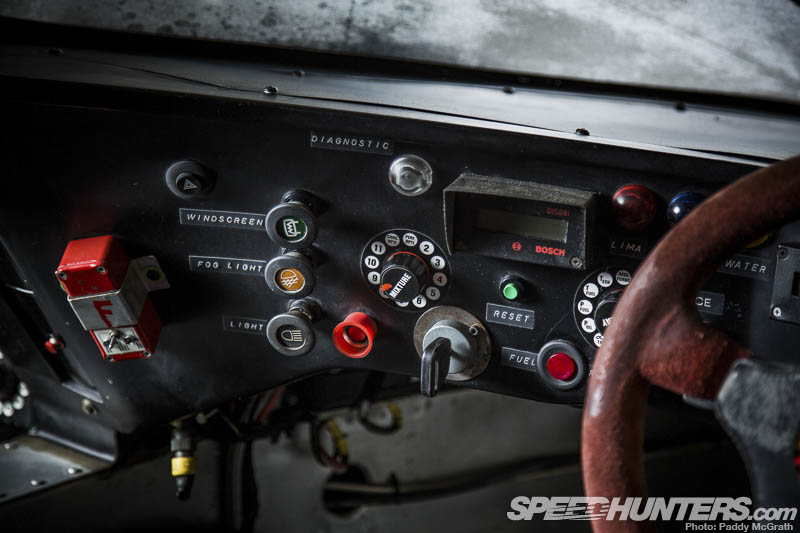
For the 956 the engineers had decided to not risk using the new honeycomb or carbon materials that were starting to emerge from the aerospace industry and leech into Formula 1, and in fact the factory would never go down that route even with the 962 revisions, leaving it to third-party fabricators. An aluminium alloy rollcage protected the cockpit and a tubular structure supported the flat-six engine, which would not be a stressed member.
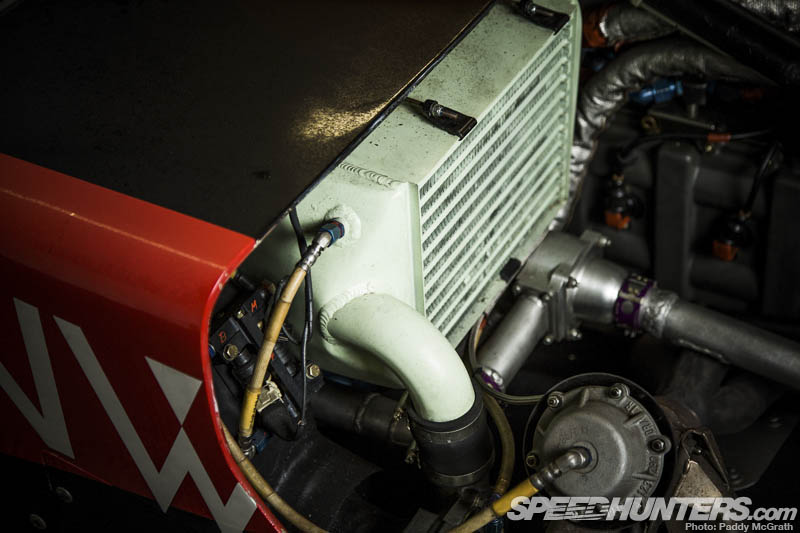
Safety was a side concern at the time, not written in stone into the rules. Crash structures were defined in volume but not content, so were soon filled with radiators and ancillaries. The fuel-cell was mounted between the nose and cockpit.
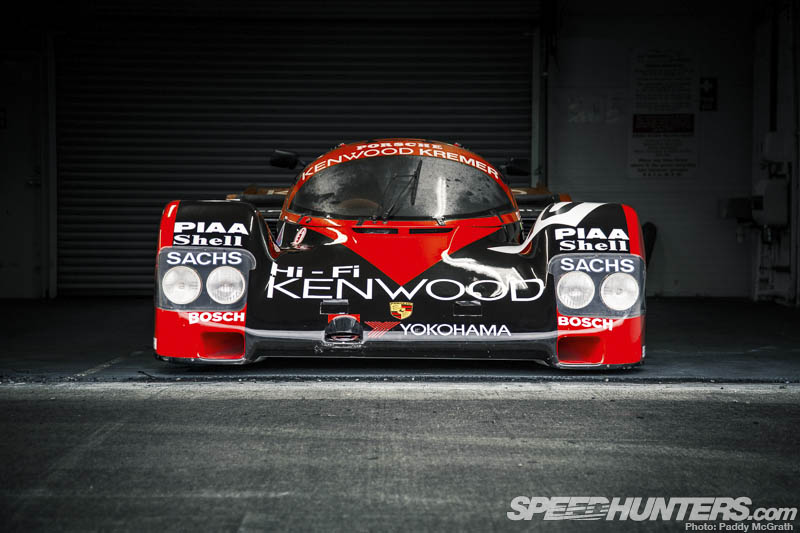
The 962 was a full ground effect car: the technology was already being use in F1, but required a lot of adaption and complexity to make work in the context of a comparatively big sportscar. Skirts couldn’t be used to seal the undersides like in F1 because of the two-seater monocoque design and sidepod requirements, so there was initially a lot of trial and error in the wind tunnel. As has already been mentioned though, what was produced in 1982 continued in basic form until ’89. Porsche tend to get these kind of things right.
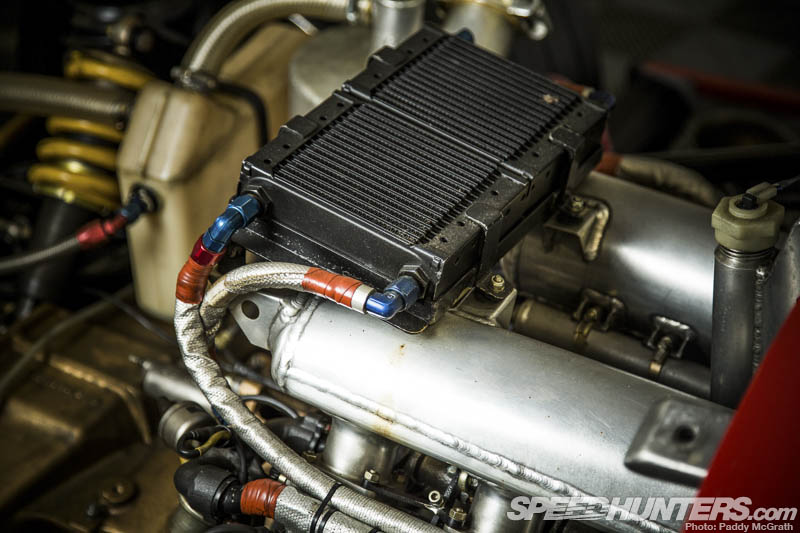
The power and reliability of the flat-six boxer engine might not have been in question, but its packaging was: the shape of the unit got in the way of the ground effect tunnels and venturis. But the engine stayed. Budget constraints meant that the money simply wasn’t there to design a new chassis plus an engine as well, and once the challenges had been overcome the only thing that changed over the years was the engine capacity. For the 962 a new three-litre unit was installed: the six-cylinder unit used four valves per cylinder, with air-cooled cylinders and water-cooled cylinder heads.

Driving these cars was a very different experience for those at the beginning of the ’80s compared to the end. In the early decade ground effect was rare outside F1, and the downforce took some getting used to. Speeds had to be up to get the aero working efficiently, and it was physically hard work with unassisted steering and steel brakes.
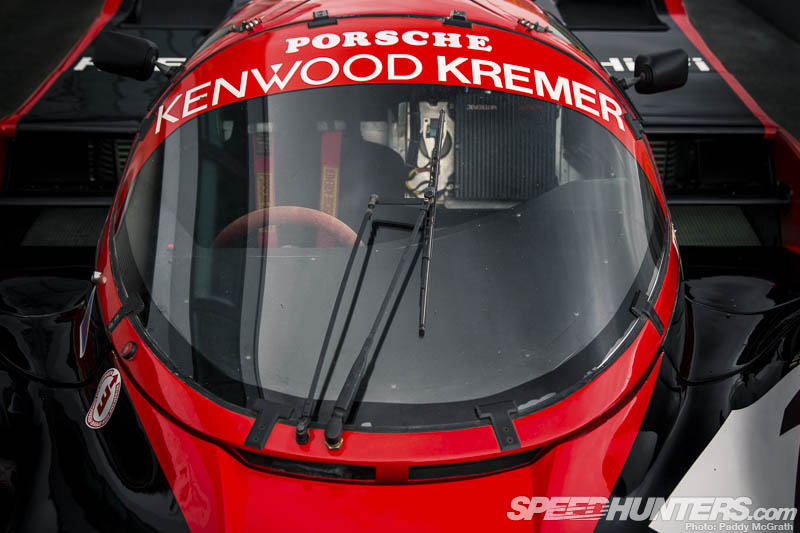
But the 956/962s were also known to be very forgiving, which is why they became such successful cars in the hands of amateur drivers as well as the seasoned pros, despite some neutral understeer from the spool diff locking the back axle.
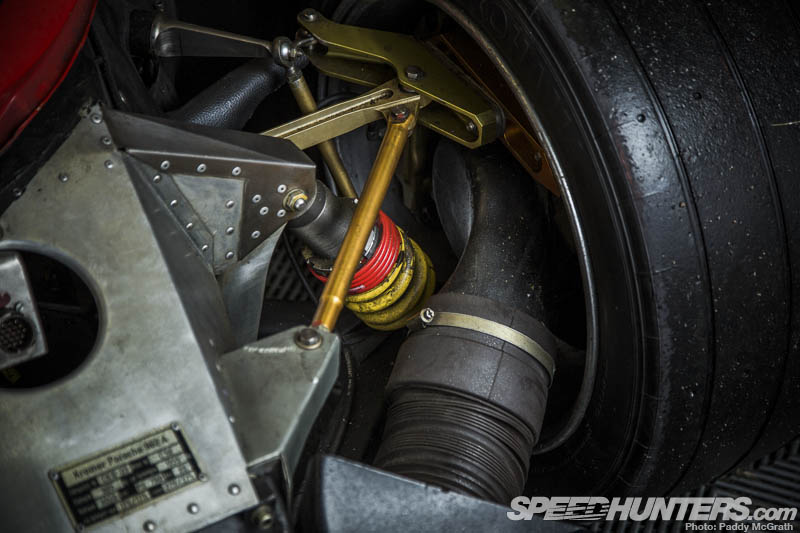
The cars were built not just to be fast, but fast for 24 hours. Although the suspension components seem pencil-thin in isolation, together they presented a strong front to the rigours of 24 hour races. At the front were asymmetrical wishbones, with titanium rising-rate coil springs over Bilstein gas dampers.
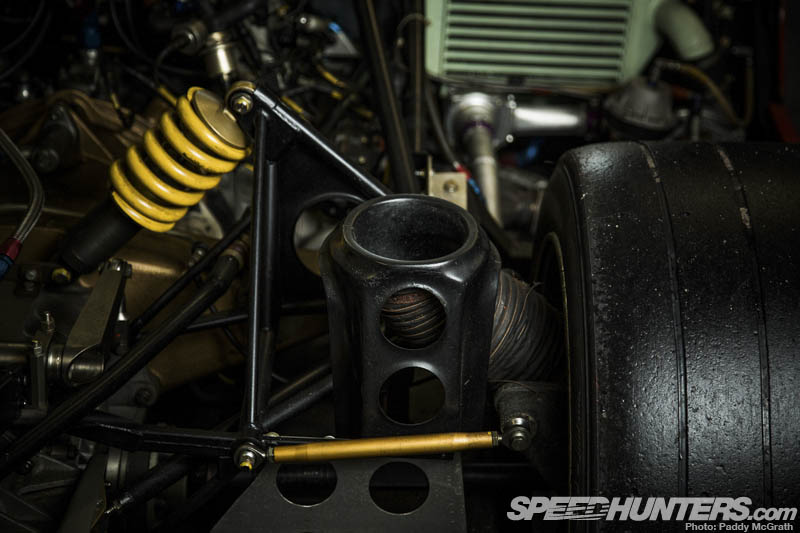
At the rear, lower wishbones with parallel upper links, and agains titanium coils over Bilstein dampers.
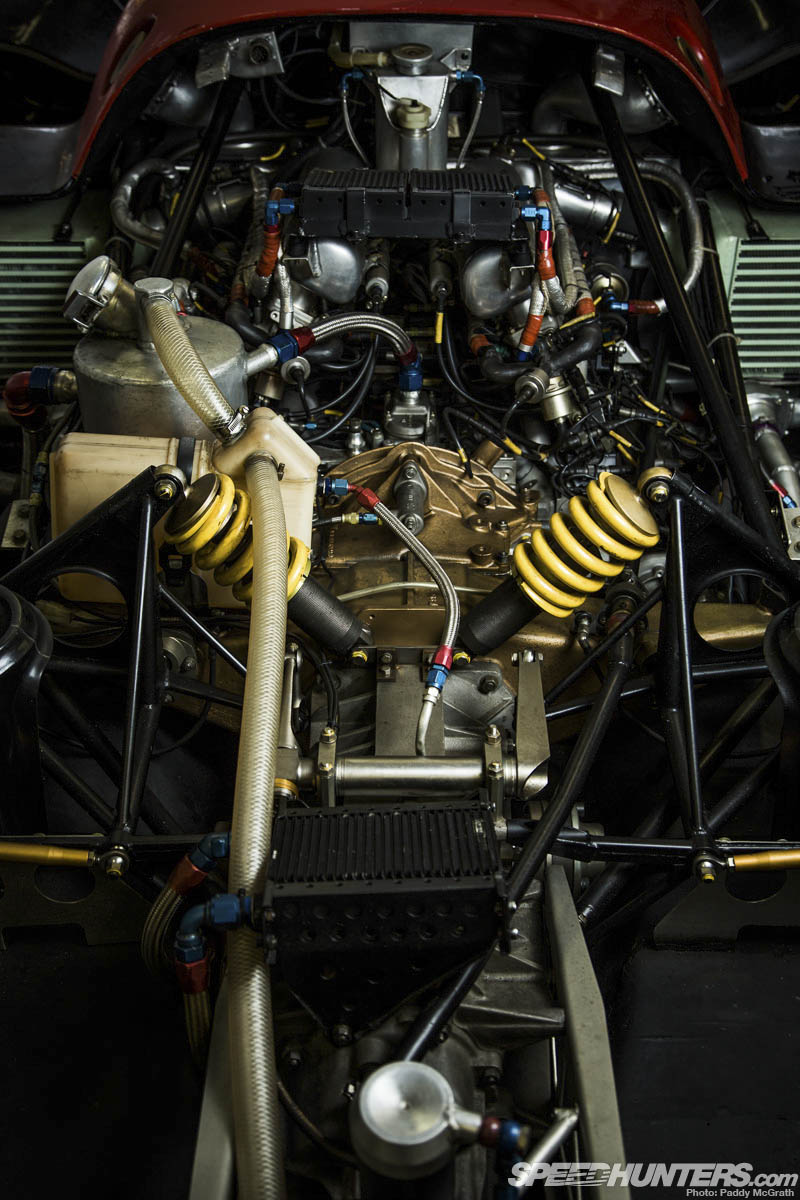
The synchronised five-speed gearbox was the workhorse of the 962C: Porsche’s PDK twin-clutch semi-automatic preselector ‘box was tried on and off, but it had a troubled development and most teams preferred to stay with the bulletproof simplicity of the five-speed.
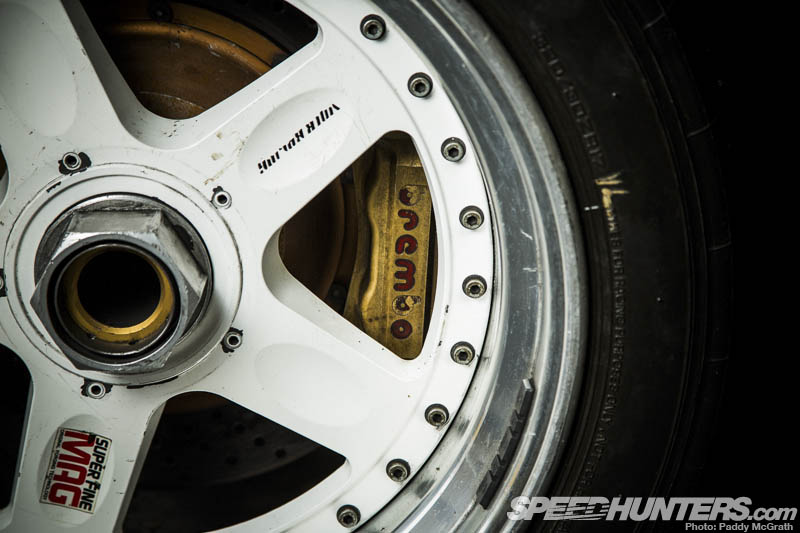
Kremer’s 962CK6 weighed in at the regulation base of 850kg, was 4,770mm long and had a wheelbase of 2,770mm – 120mm longer than 956). CK6/03 originally raced at Le Mans with BBS multi-spoked rears and the smaller fronts mounting ventilated covers: 16″ rims with 12×16 at the front and 15×16 at the rear. It now sits on very fetching Volk Racing rims, which the #11 sister car raced on that year.
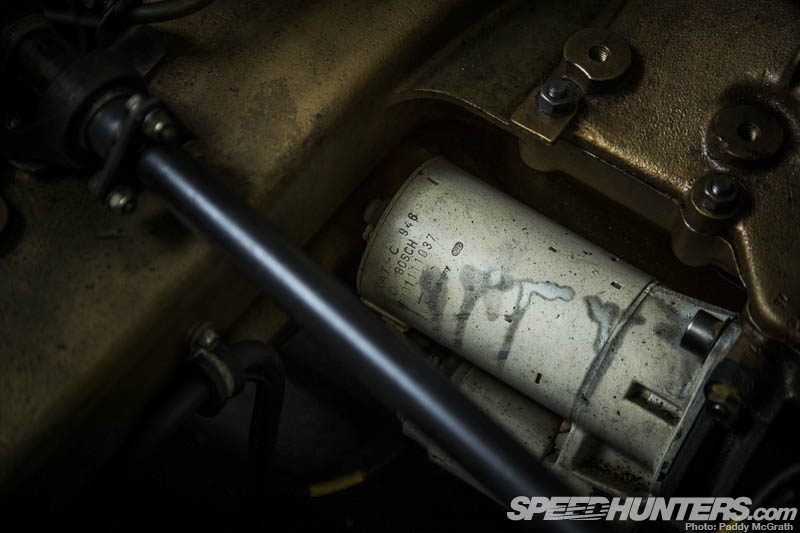
Although the 962C and CK6 looked virtually the same from the outside as the 956, the car had got progressively faster, which was mostly down to engine improvements. Power increased from around 650hp in the early 956s to as much as 850hp in the late 962s, and fuel efficiency also went up, thanks to improvements with the Bosch electronics and Motronics engine management system.

This controlled both fuel injection and electronic ignition and meant the compression ratio could be raised, which reduced turbo lag and increased fuel efficiency: a virtuous circle for a Group C racecar. The CK6 produced well over 750hp at 8,200rpm, with the Motronic 1.7 ECU at its heart.

The new electronics also opened up another route for the privateers: chip tuning. Teams developed their own software to change engine mapping, and suddenly there was the ability to put the timing where it was required for each boost setting, RPM and throttle position. This avenue fundamentally changed what was possible, and was one of the foundations to the 962s success – particularly in the States.
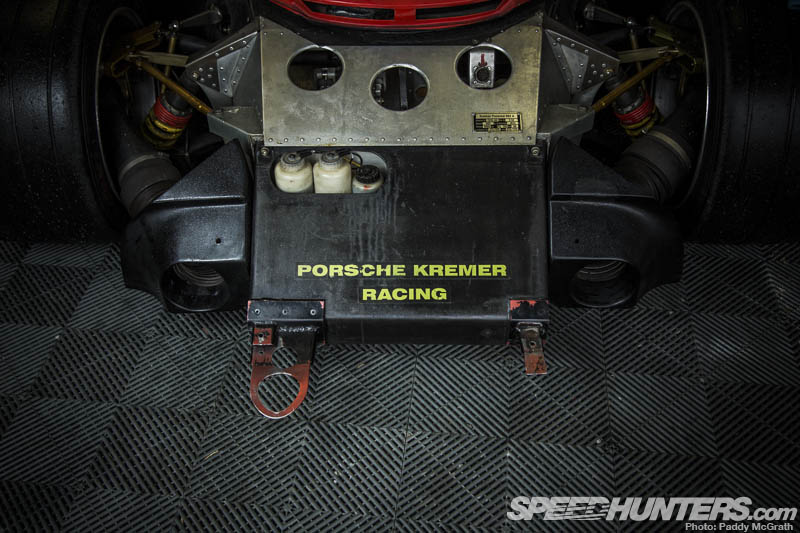
Porsche were no strangers to the idea of customer racing programmes: in fact, their business model has pretty much always relied on the concept. But with the 956/962 family came a customer programmer with such big numbers that it’s almost unfathomable for such high level motorsport. Just go back to the number quoted above: 83 customer cars alone. You could literally buy a 962 from the Porsche factory one day and then beat the works team the next: which is exactly what happened with the very first 962C delivered into Kremer’s eager customer hands in 1985, winners in only their second race with the car.
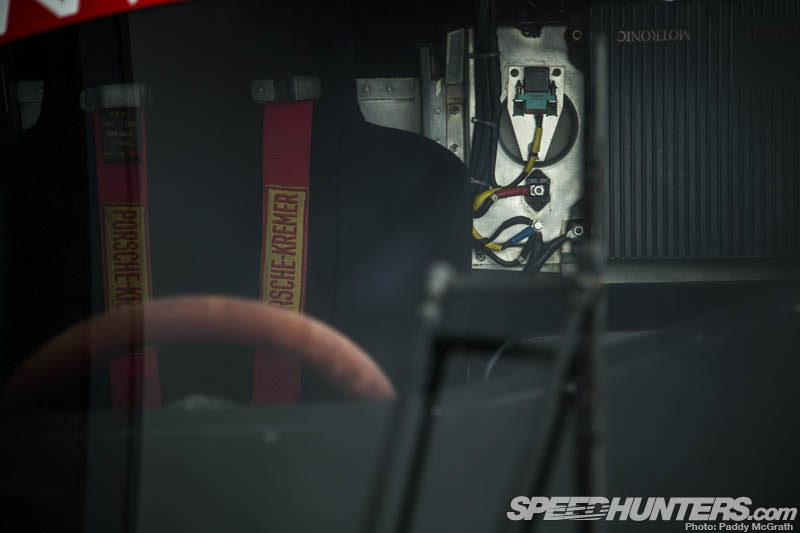
Customers quickly became developers and famous in their own right: Joest, Brun, Holbert, Richard Lloyd Racing – and of course Kremer themselves. They had been tuning Porsches since the 1960s, and would rack up 31 starts at Le Mans. Masters of the 911, having developed the K series and even beaten the prototype ranks with a K3, Kremer stepped up to the prototype ranks with the 936-derived CK5, and from there it was a natural progression to see what they could do with the 962C.

Working with British firm TC Prototypes on new, stiffer aluminium and carbon monocoques, Kremer’s CK6 made them almost independent of Weissach. The car might have aesthetically looked like a stock 962C but it was all Kremer, with major chassis development and the introduction of composite bodywork.
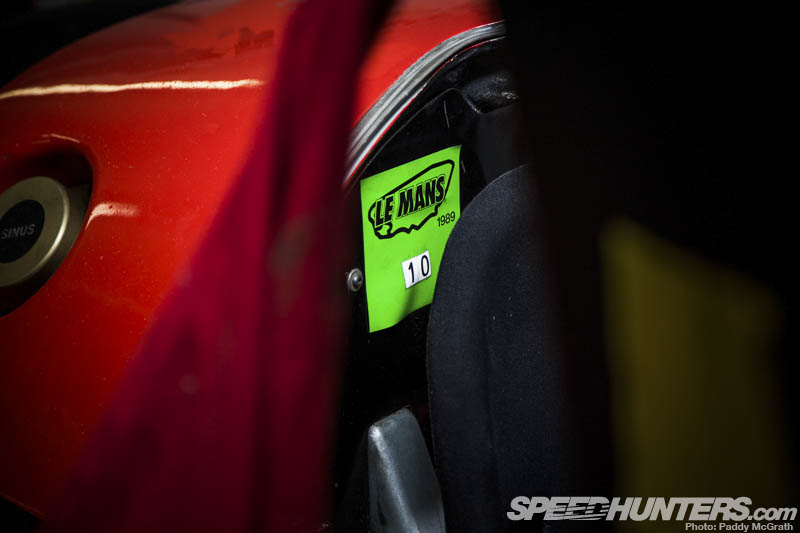
For 1989 Group C teams were up in arms after the rules were changed by the FIA to be more in line with Formula 1. It was something proposed by Bernie Ecclestone to lure the plethora of manufacturer in Group C to swap to F1 – though all it did was kill the series by 1992. Either way Bernie was quite happy… The two-year transition began in ’89, with the rules moving to 750kg, NA 3.5-litre engines with a free fuel choice.
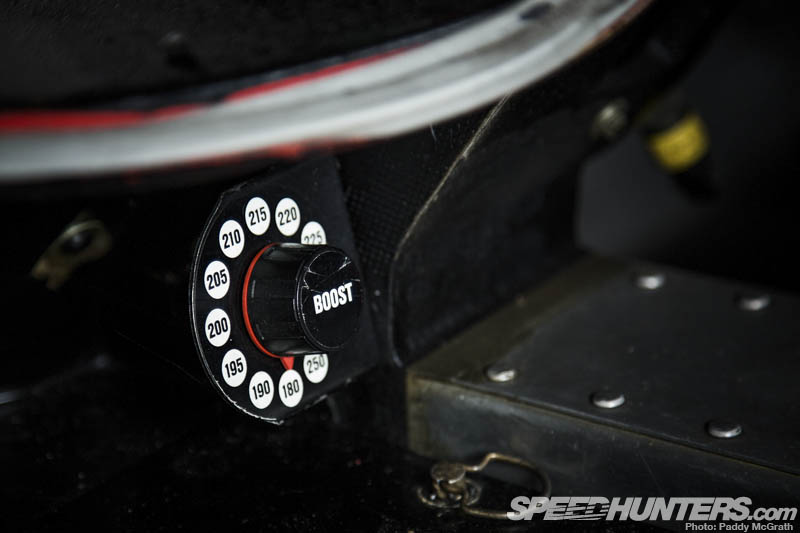
Older Group C cars could continue to compete, but their weight would be ballasted up to 950kg and fuel bound to 98.7RON gas, with manual control of boost banned. Races were also reduced to 480km sprints. All these changes caused severe frustration at the ACO, and after falling out with the FIA Le Mans was removed from the WSC calendar – much to the annoyance of many manufacturers who had signed up to the series just so they could race at the 24.

962s were still the backbone of the 1989 grid – despite already being considered a vintage car! It wouldn’t be Kremer’s strongest year: their 962CK6s were outgunned by the Joest and Brun development cars, and the pair of cars lined up 10th (CK6/04, #11) and 14th (CK6/03, #10). Though, all the Porsches were considered trucks compared to the fearsome new Jaguars, Mercedes and Nissans. 220mph trucks, but still…

#10 is based on a carbon tub, sister to the #11 CK6/04 chassis which raced in Leyton House colours. It was raced with long-tail, low-drag bodywork at Le Mans – its only race outing in period. Kunimitsu Takahashi (later the chairman of the Japanese Super GT series), Bruno Giacomelli (an F1 driver during the early ’80s) and Giovanni Lavaggi (think: cash) started #10, and it was amongst the fastest cars in a straight line with a 236mph top speed but unremarkable around a lap.
A dramatic fire after 303 laps engulfed the car whilst Takahashi was at the wheel, spinning the car into retirement.
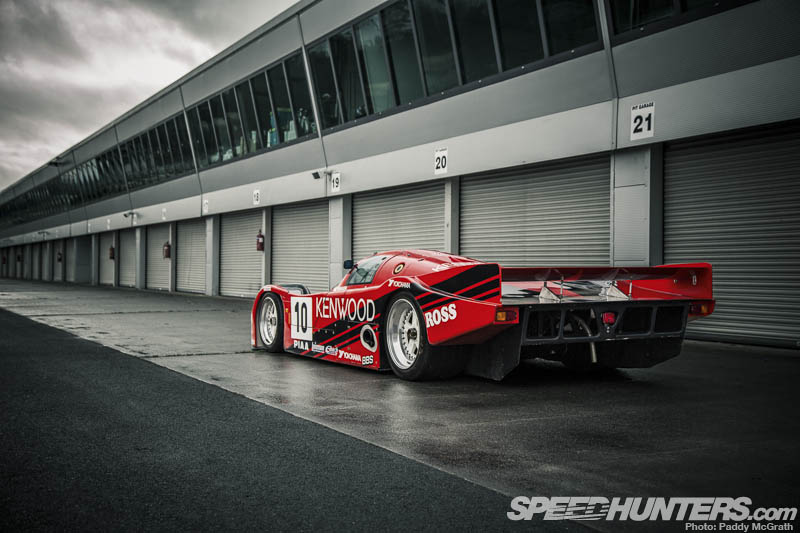
Alongside Kremer, the other privateer teams kept the 962 legacy alive into the ’90s, producing cars not just for themselves but for a new wave of customers. TC Prototypes were joined by other teams such as Le Mans winner Vern Schuppan in producing carbon tubs for new and old cars. Strangely, one of the reasons people bought tubs for older cars was to protect their value: the original aluminium tub was preserved, and all the hardware swapped to the new carbon monocoque. Value aside, of course the new monocoque was far stiffer and improved safety. It also provide the platform for the final evolution of the 962, with the car morphing into new and brutal interpretations that left the classic 956 lines far behind.
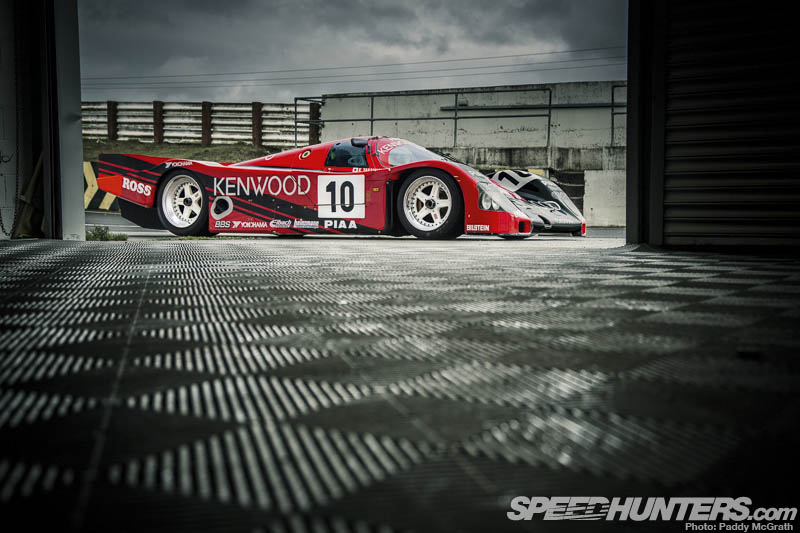
Well after the works team had bowed out the 962 was still in contention: at Le Mans in 1990 a Brun 962 was only beaten in qualifying when the turbo wastegate stuck on Mark Blundell’s Nissan R90CK and he somehow managed to guide the car around the lap without crashing. At the same race the Alpha Racing team gave the 962 its last podium; the Dauer 962 GT1-alike won the 24 Hours in ’94; and Kremer then completed the story with the K8 Spyder, an open-cockpit 962 derivative based on a TCP tub that raced until 1999.
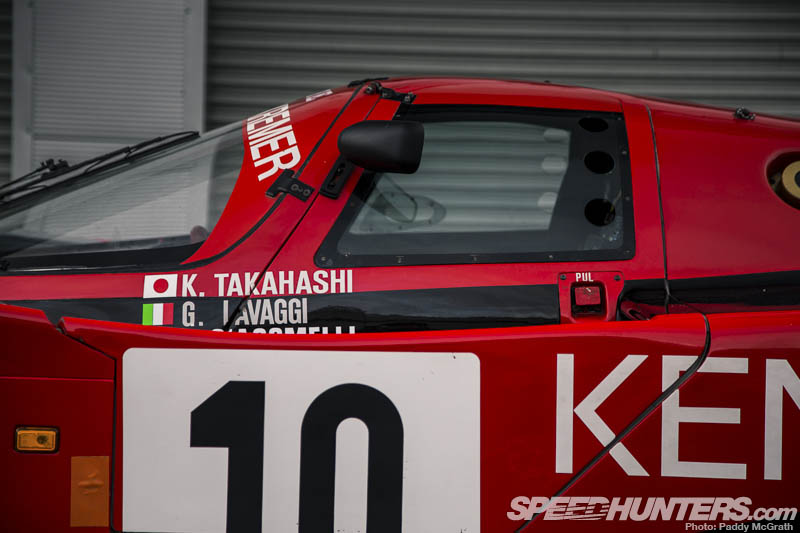
CK6/03 now resides at Mondello Park in Ireland, owned by Lola chairman Martin Birrane – himself a 10-times entrant at Le Mans. CK6/03 is utterly immaculate: but it’s kept in full racing condition and makes appearances in Historic Group C races from time to time.
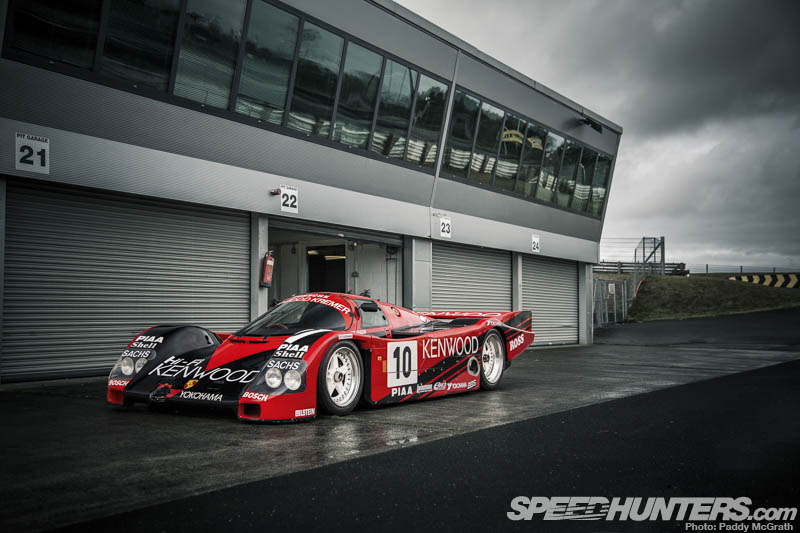
Spare parts are now the enemy: with so many chassis still extant, original parts are now scarce, though there’s a thriving business in supporting these old cars. Also, the cars might be numerous, but that doesn’t make their impact any less. The sight of a 956 or 962 will still make the heart beat a little faster. If you want to add a few BPMs, see one race. Make sure you do.
Words by Jonathan Moore
jonathan@dev.speedhunters.com
Photos by Paddy McGrath
paddy@dev.speedhunters.com


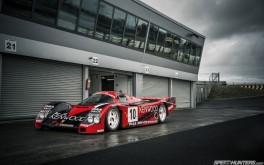






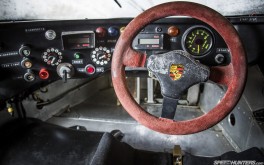






EPIC!
Great article, I want to go to a Classic group C race so bad. Just to hear those machines flying by
Wuold love to see one of these on track. Great write up.
without question, one of the most in depth features you've had on this site, ever. The pictures are so amazingly detailed, thanknyou
Group C was too short a run. Do they ever do historical events in the states?
Stunning images. Wow.
JM, I've asked this question before here and elsewhere but have not gotten a satisfactory answer - does Porsche consider the Kremer and Schuppan cars (among others) actual Porsches? Did the new chassis' get factory serial numbers?
@Kalim Iqbal I've spoken to Klaus Bischof, one of Porsche's race engineers from the '80s and a fantastic guy – but the conversation had to be changed when I mentioned Kremer... I think that gives you an indication!
Group C cars often take part in historical events, like the Rennsport Reunion, but I don't think there's an actual organised series in the States any more. The Historic IMSA GTP Series used to have the odd event with the ALMS last decade – it's worth chasing that up to see if there's anything still happening!
Every time I read these 80s posts you do (hell, all other posts too), Jonathan, I am educated. Thank you.
Every time I read these 80s posts you do (hell, all other posts too), Jonathan, I am educated. Thank you.
Every time I read these 80s posts you do (hell, all other posts too), Jonathan, I am educated. Thank you.
Every time I read these 80s posts you do (hell, all other posts too), Jonathan, I am educated. Thank you.
Every time I read these 80s posts you do (hell, all other posts too), Jonathan, I am educated. Thank you.
Every time I read these 80s posts you do (hell, all other posts too), Jonathan, I am educated. Thank you.
Every time I read these 80s posts you do (hell, all other posts too), Jonathan, I am educated. Thank you.
Every time I read these 80s posts you do (hell, all other posts too), Jonathan, I am educated. Thank you.
Every time I read these 80s posts you do (hell, all other posts too), Jonathan, I am educated. Thank you.
Outstanding..
I remember when i first saw the 1988 Shell Dunlop 962 in a magazine as a kid. It was like seeing Concorde.
Damn I didnt know Keisuke Takahashi ditched his FD3S for a 962. Well played. I bet Takumi is jealous in his GT86 he picked up recently. Maybe Bunta will put a Rocket Bunny kit on it to make him feel better
paddy, great photos! #youreallyarethespeedhunter
paddy, great photos! #youreallyarethespeedhunter
paddy, great photos! #youreallyarethespeedhunter
paddy, great photos! #youreallyarethespeedhunter
paddy, great photos! #youreallyarethespeedhunter
Is there anything more '1980s motorsport' than a NACA duct?! Form and function combined in one timeless design.
It's nice to see this car is clearly still being driven hard and raced competitively, when it could so easily be locked up in some climate-controlled museum or private collection somewhere, a static showpiece doomed never to be properly exercised again. Jonathan Moore, thank you for another fine motorsport history lesson. Paddy McGrath, these photographs are stunning - the 13th image from the top (the one with the front of the car peeking out from a pit garage) has a sort of matte-painted 'isometric drawing' quality to it. Epic.
Excellent article, great to see the continued attention Group C cars get here on Speedhunters. However because I'm a Group C anorak I thought I'd clarify two small errors. The first one is that the 956's & 962's were all built with steel Rollcages as the FIA outlawed aluminium cages from the start of either '81 or '82. Secondly, when it comes to the IMSA single turbo cars, that was by regulation not purely by design. Twin turbos were outlawed until at least '88 in IMSA competition and as soon as they were permitted everybody was running them.
Incredibly detailed feature. Well done!!!
great writeup on one of the 80's iconic machines!
Sorry to burst it, but the 956/962 isn't by far the most successful race car ever. That title is held, and by a looooong shot, by the Bugatti Type 35, which scored more than 1,000 wins, and averaged at it's top moment about 15 wins per week, and not only minor events, it won the Targa Florio like 6 consecutive times iirc and several big-dog GPs too. Just trying to keep you honest,
Ha, you are right – and I've even written about the T35 previously! http://www.speedhunters.com/2011/12/car_spotlight_gt_gt_bugatti_type_35/
So, honesty in place... the truly accurate thing to say would be that it's the most successful car since the T35.
@Jonathan Moore Nice. Chase one down one day at a Monterey Historics-type racing event and report on it even further, pretty different seeing them wailing around than in a museum.
I love how in the 80's the only rules were weight limit and fuel use. Nowadays its the rules that are slowly chipping away at the competition...
Old school racing Porsches... A dream for every kid tha fell in love with cars and racing. <3
Beautiful feature and amazing pictures, this is SpeedHunters at its best!
only one word comes to mind: Legendary!
only one word comes to mind: Legendary!
Great article.